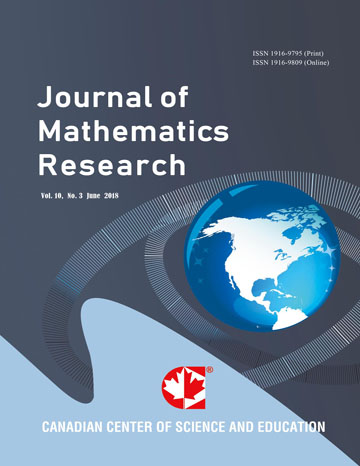Optimization of Sampling of Small Pelagic Fishes in the Exclusive Economic Zone of Senegal under the Climate Impact
- Ibrahima DIEDHIOU
- Salimata DIAGNE
- Ndiaga THIAM
- Coumba DIOP
- Gabriel NDIAYE
- Fambaye SOW
- Aissatou NDOYE
Abstract
Senegal is in a very favourable geographical position for sea fishing. Its coast has an upwelling favouring a good development of phytoplankton very appreciated by the various fish families that populate its Exclusive Economic Zone (EEZ). The little pelagic fish make up the majority of landings. The dynamics of this family of resources is very complex while its perfect mastery is essential for a fishing well controlled maritime. The mathematical models that exist in the literature have not address the different issues related to maritime fisheries and climate change in the Senegalese fishing areas. The linear programming model in integer numbers has been developed after calculation of equilibrium biomass, catches at equilibrium catchability by the application of Schaefer and Freon models in the Senegalese Economic Exclusive Zone. Two proposals have been developed to better explain the tools used in the writing of the mathematical model. The simulation results were led to the design of a linear integer Program (PLNE). The objective is to maximize the biomass of this family of fish resources on the Petite C\^ote, Grande C\^ote and Cape Verde depending on samples and climate change. In the application of the model, real data made it possible to test the Linear program in integer numbers obtained. This optimization study allowed us to find an effective way to maximize recruitment within this resource family. This consists in setting up several less expensive marine refuges to build in the fishing zones targeted by the study. The simulation computer program of the model is presented in the appendix.
 PDF
PDF
